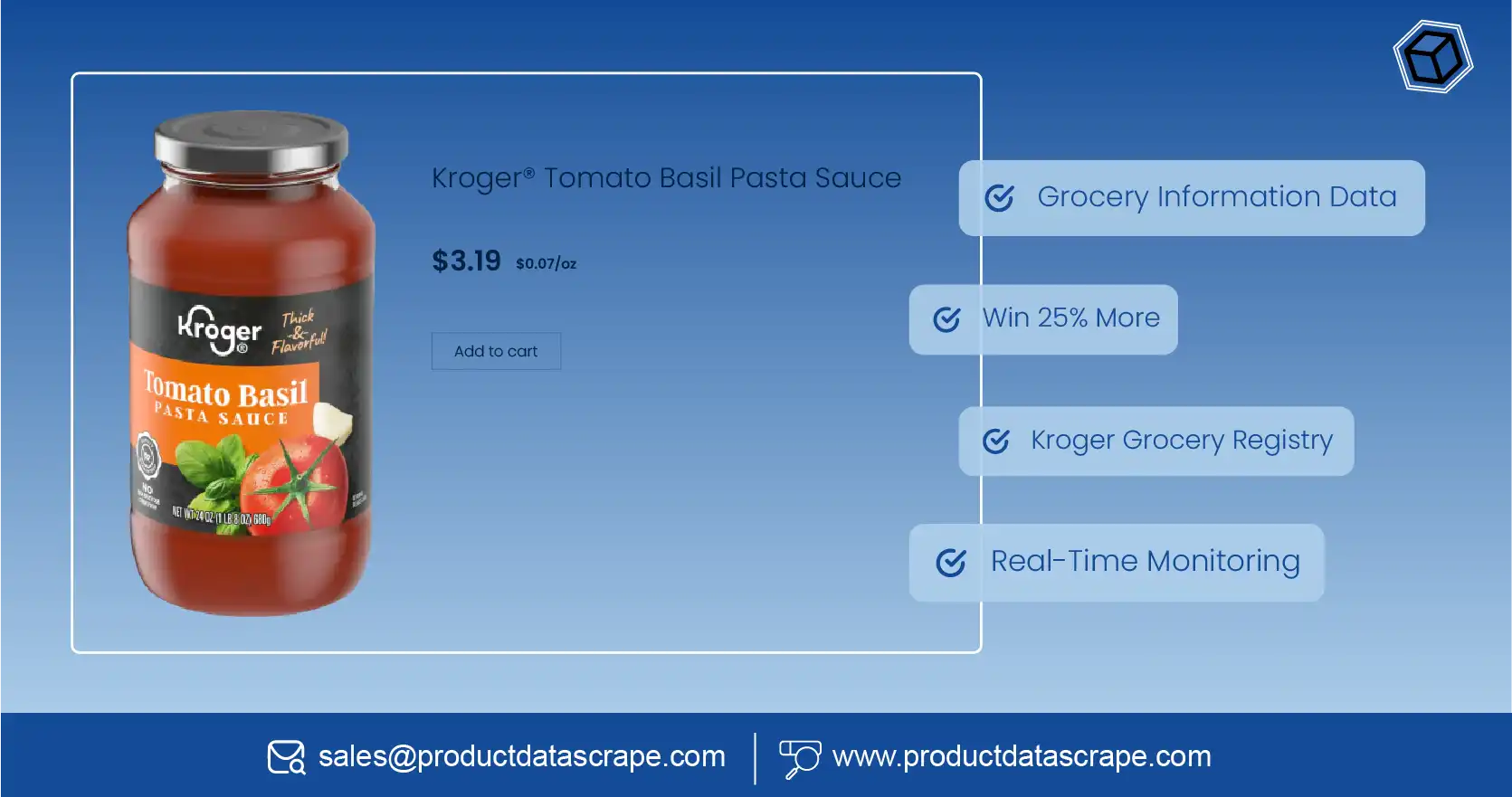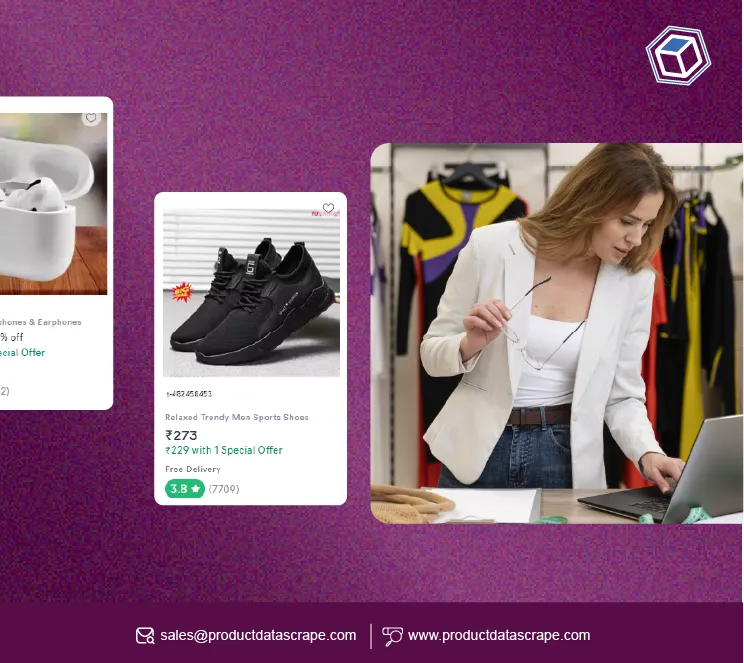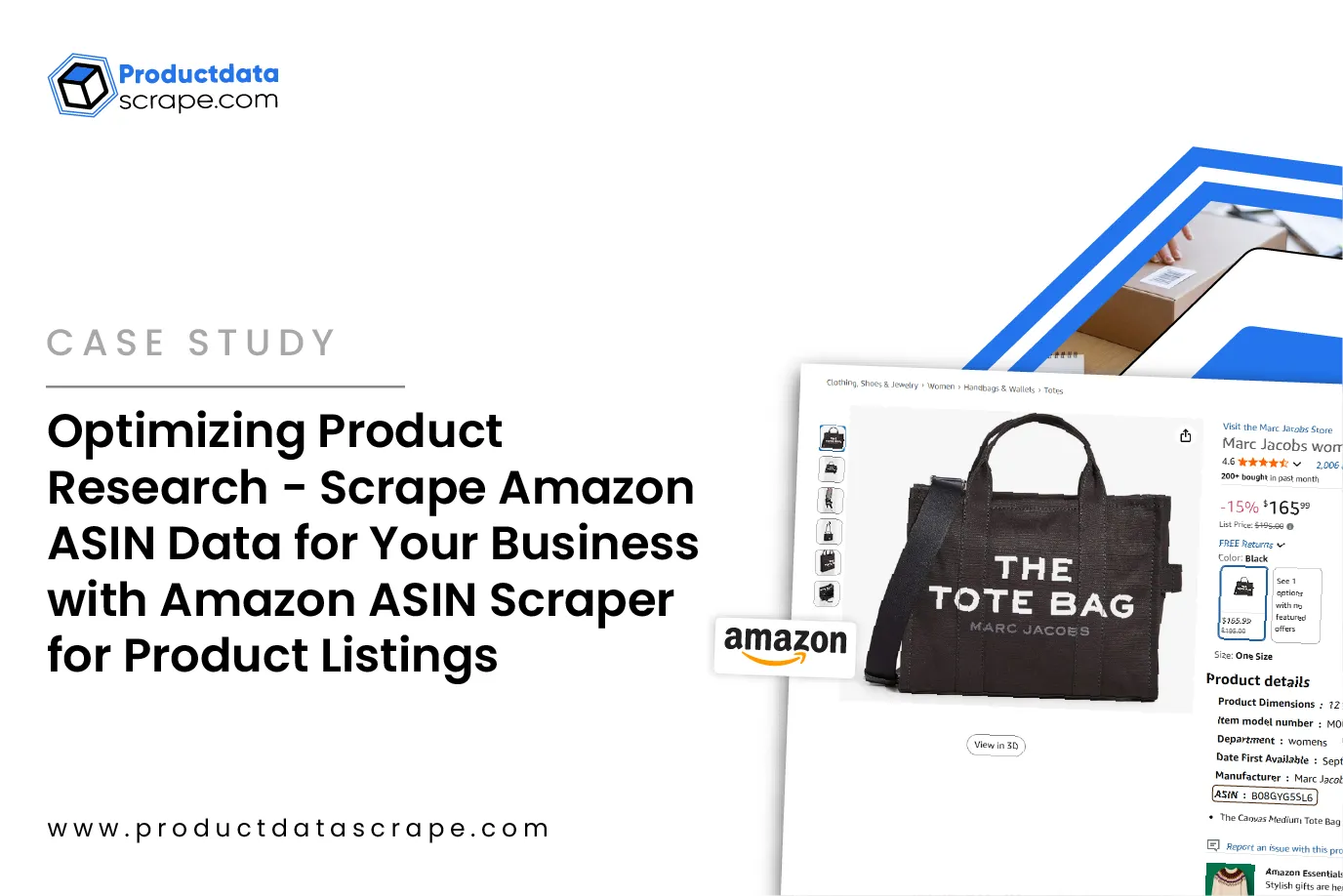
Introduction
In the competitive FMCG landscape, shelf space and promotions determine whether a product
thrives or struggles. Retailers like Kroger, one of the largest grocery chains in the U.S.,
manage thousands of SKUs and rely heavily on performance metrics when allocating prime shelf
placements. For brands, this means negotiations must be backed with concrete insights rather
than assumptions.
This is where the power to Extract Kroger Grocery Information Data becomes crucial. By tapping
into structured retail intelligence, FMCG companies can analyze product assortment, pricing
patterns, discounts, and competitor strategies to make smarter business decisions. A data-driven
approach empowers brands to demonstrate their value, secure 25% more shelf space, and run
optimized trade promotions that resonate with shoppers.
Instead of relying on guesswork, FMCG companies now harness advanced scraping technologies to
track real-time shifts in inventory, promotions, and consumer preferences. Whether it’s
monitoring seasonal snacks, mapping price elasticity, or studying top-selling SKUs, access to
Kroger’s product ecosystem enables businesses to negotiate from a position of strength. This
blog explores how scraping data solves real retail challenges, backed by 2020–2025 statistics,
and why partnering with Product Data Scrape ensures brands stay ahead of the curve.
Leveraging Online Grocery Product Insights
FMCG brands face intense competition when trying to stand out on digital
grocery platforms. One of the biggest challenges is identifying consumer demand trends before
rivals capitalize. By using Scrape Kroger Online Grocery Product Data, businesses can track
product availability, price shifts, and assortment variations across categories.
From 2020 to 2025, the U.S. online grocery market is projected to grow from $95
billion to $187 billion, doubling in just five years. This growth means more brands competing
for digital visibility and shelf space. With scraping, brands can compare category penetration,
identify underrepresented SKUs, and prioritize launches.
| Year |
U.S. Online Grocery Market ($B) |
Growth % |
| 2020 |
95 |
– |
| 2021 |
110 |
15.8% |
| 2022 |
128 |
16.4% |
| 2023 |
146 |
14.1% |
| 2024 |
167 |
14.4% |
| 2025 |
187 |
12.0% |
By leveraging these insights, brands can prepare evidence-backed arguments when
negotiating with Kroger, showing how their SKUs align with emerging consumer demand and deserve
expanded digital shelf placement.
Real-Time Monitoring for Smarter Promotions
Promotions play a pivotal role in FMCG sales, yet many brands overspend without
seeing measurable results. By tapping into Real Time Kroger Grocery Product Details Data,
companies gain visibility into ongoing promotions, price changes, and shopper responsiveness.
Between 2020 and 2025, trade promotion spending by FMCG brands in North America
is expected to rise from $200 billion to $260 billion. However, studies reveal that nearly 40%
of these promotions fail to break even. Real-time data allows companies to identify
underperforming campaigns early and pivot resources toward more effective strategies.
| Year |
FMCG Trade Promotion Spend ($B) |
% Ineffective Promotions |
| 2020 |
200 |
41% |
| 2021 |
212 |
40% |
| 2022 |
225 |
39% |
| 2023 |
238 |
39% |
| 2024 |
249 |
38% |
| 2025 |
260 |
38% |
By analyzing promotions data in real time, FMCG brands can demonstrate
ROI-driven strategies to Kroger, strengthening their case for expanded shelf space and exclusive
in-store visibility.
Boost your FMCG growth with real-time promotion insights—track,
optimize, and win smarter retail deals today!
Contact Us Today!
Understanding Category Trends with Datasets
FMCG companies must constantly adapt to shifting consumer preferences. With the
Kroger Groceries And Snacks Dataset, brands can study sales velocity, seasonal demands, and
product mix effectiveness across snack categories.
For instance, snack consumption in the U.S. rose from 60 billion units in 2020
to a projected 85 billion units by 2025. By analyzing Kroger’s dataset, brands can determine
which SKUs underperform, which flavors are trending, and how competitors position products.
| Year |
U.S. Snack Units Sold (Billion) |
CAGR % |
| 2020 |
60 |
– |
| 2021 |
65 |
8.3% |
| 2022 |
70 |
7.6% |
| 2023 |
75 |
7.1% |
| 2024 |
80 |
6.6% |
| 2025 |
85 |
6.2% |
These granular insights allow FMCG brands to prove to Kroger that their product
lineup matches evolving consumer demand, ensuring better promotions and higher shelf visibility.
Tracking Discounts & Offers Effectively
Discounts are one of the strongest levers FMCG brands use to influence purchase
behavior. With Scrape Kroger Grocery Discount Data
, companies can track historical and seasonal
discount trends.
Research shows that U.S. shoppers redeem over $90 billion worth of grocery
discounts annually, with Kroger accounting for nearly 20% of this volume. Using datasets like
the Kroger discounts and offers dataset, brands can optimize their pricing strategies to align
with consumer buying habits while protecting profit margins.
| Year |
U.S. Grocery Discount Redemptions ($B) |
Kroger Share ($B) |
| 2020 |
70 |
14 |
| 2021 |
75 |
15 |
| 2022 |
82 |
16.4 |
| 2023 |
86 |
17.2 |
| 2024 |
90 |
18 |
| 2025 |
95 |
19 |
These insights allow brands to negotiate stronger promotional slots with
Kroger, ensuring higher sales lift during peak shopping seasons.
Optimizing Assortment & SKU Planning
Shelf space allocation depends on efficient assortment planning. With Kroger
assortment and SKU scraping, FMCG brands can identify gaps, duplication, and performance
bottlenecks in existing lineups.
From 2020–2025, SKU proliferation in grocery has grown nearly 20%, making shelf
allocation a zero-sum game. Brands must prove that each SKU contributes incremental value.
Scraping assortment data helps FMCG companies align SKU strategy with shopper demand.
In parallel, businesses leveraging Web Scraping Grocery & Gourmet Food Data
gain a broader market perspective beyond Kroger, ensuring their products remain competitive
across multiple retailers.
| Year |
Avg. Grocery SKUs in U.S. Stores |
% Growth |
| 2020 |
33,000 |
– |
| 2021 |
34,200 |
3.6% |
| 2022 |
35,500 |
3.8% |
| 2023 |
36,800 |
3.6% |
| 2024 |
38,000 |
3.2% |
| 2025 |
39,500 |
3.9% |
By aligning SKU decisions with Kroger’s needs, brands can demonstrate
data-backed reasoning for shelf expansion.
Unlock retail success—optimize assortment & SKU planning with
data-driven insights to secure more shelf space and maximize FMCG
growth!
Contact Us Today!
Driving Growth with APIs & Top-Selling Data
FMCG brands can further strengthen negotiations using tools like the Kroger
Grocery Data Scraping API . This allows seamless access to large-scale data, enabling brands to
run predictive models on pricing, discounts, and assortment efficiency.
Additionally, datasets like the Kroger Grocery Store Dataset and solutions that
Extract Top Selling Grocery Data From Kroger provide clear benchmarks. For example, top 10%
performing SKUs account for nearly 60% of category sales across grocery stores. Brands that
identify these winning trends can mirror successful product strategies, ensuring they deliver
measurable value to Kroger.
| Year |
% Sales from Top 10% SKUs |
Total FMCG Grocery Sales ($B) |
| 2020 |
55% |
650 |
| 2021 |
56% |
680 |
| 2022 |
57% |
720 |
| 2023 |
58% |
755 |
| 2024 |
59% |
790 |
| 2025 |
60% |
825 |
Why Choose Product Data Scrape?
At Product Data Scrape, we specialize in delivering accurate, structured, and
scalable retail data solutions. Our technology allows FMCG brands to Extract Kroger Grocery
Information Data seamlessly and transform it into actionable insights for assortment planning,
promotional optimization, and shelf-space negotiation.
We don’t just provide raw data—we deliver intelligence. With advanced crawling
frameworks, real-time refresh cycles, and customized dashboards, we ensure your teams have the
competitive edge to act quickly. From SKU-level analysis to promotional benchmarking, we help
brands cut through noise and focus on data that drives ROI.
By partnering with us, FMCG companies gain access to clean, ready-to-use
datasets, APIs, and consulting support that turn retail complexity into competitive advantage.
Whether your goal is boosting visibility, increasing trade ROI, or outperforming competitors at
Kroger, Product Data Scrape provides the foundation you need.
Conclusion
In today’s hypercompetitive grocery market, shelf space is both limited and
highly valuable. To win, FMCG brands must move beyond guesswork and embrace retail intelligence.
The ability to Extract Kroger Grocery Information Data empowers companies to negotiate with
confidence, optimize promotions, and align assortments with consumer demand.
As shown through 2020–2025 statistics, data-driven strategies consistently
outperform traditional methods, giving FMCG brands a 25% edge in shelf space acquisition. With
datasets covering assortment, discounts, and top sellers, combined with API-driven insights,
brands gain a clear roadmap to build stronger retail partnerships.
Don’t leave your shelf space negotiations to chance. Equip your business with
the power of advanced grocery data scraping and see measurable improvements in visibility,
promotions, and sales. Partner with Product Data Scrape today and transform raw retail data into
competitive advantage.
















.webp)
-01.webp)

.webp)
.webp)
.webp)